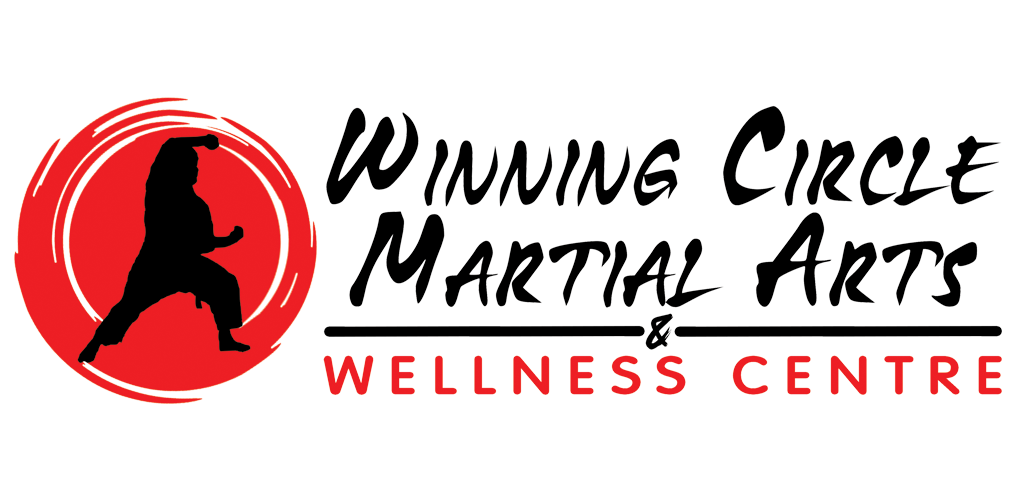14 Dec Understanding the Theory of Power
Published by: Jesse Eikenberry, 5th Degree Senior Instructor
When the founder of Taekwondo, General Choi Hong Hi, published the Encyclopedia of
Taekwondo, he included 9 training secrets to master the art. The #1 secret was to “Study the
theory of power thoroughly”. Simply explained, the Theory of Power is the recipe to create the
most potential power from your attack, and it is critical in both power breaking, but also in
understanding how to properly execute all techniques.
The Theory of Power is broken down into six elements, so let’s take a Quick Look at each:
Reaction Force: based on the scientific idea that every action has an equal opposite reaction,
reaction force is created by pulling the opposite fist to your hip when executing a punch. The
main benefit of this motion comes from activating the muscles on the opposite side of the body
and your core muscles increasing the speed of your attack.
Balance: to create your maximum potential power in your attack, you need to maintain proper
balance. If you are falling while striking, your attack will lose mass, speed and concentration
(which we will discuss shortly). If you have ever tried running on sand, it is much harder than
running on the road or a track because it doesn’t give you a solid base to create explosive
movement. Much like that, having a strong and stable base will allow you to deliver the most
power when striking a target or opponent.
Breath Control: You need to breathe to live, and your muscles need oxygen to work. In order to
create the explosive motion you need for power, your muscles need to start from a relaxed
state. Breathing in to relax the muscles and the breathing out forcefully while striking will help
to create speed and explosiveness.
Concentration: this principal is about applying your power into the smallest possible point of
impact for the maximum power. A good example would be splashing a bucket of paint at an
opponent versus shooting them with a paintball – the bucket holds more paint, but it is spread
out over a large area and does not hurt, whereas the paintball creates more force at impact
with less paint since it is packed into a tiny ball moving in a straight line. This applies both to
using the correct attacking tool (the two big knuckles for a punch, or the bottom of the heel for
a side kick) and to ensuring that your attack travels in as straight of a line to the target as
possible just like the paintball.
Mass: The scientific formula for power is mass x acceleration squared. So by increasing mass,
you increase you power as long as it doesn’t cause you to lose speed. While gaining mass over
time though diet or strength training can increase your potential power, the easier approach is
to ensure that as much of you mass as possible is moving through your attack. This means
making sure that you body is moving towards the target and not falling or pulling backwards.
For example – keeping your body upright and stepping into a sidekick instead of leaning back
which would pull your mass away from the target.
Speed: This is the most important factor in maximizing your power. You want your technique to
still be accelerating at the point of impact to transfer all you power through the target. Ensuring
that your muscles start from a relaxed state will allow your muscles to fire quickly and create
the most power.
Studying the Theory of Power is an important part of the path to black belt and will improve
your technique overall.


No Comments